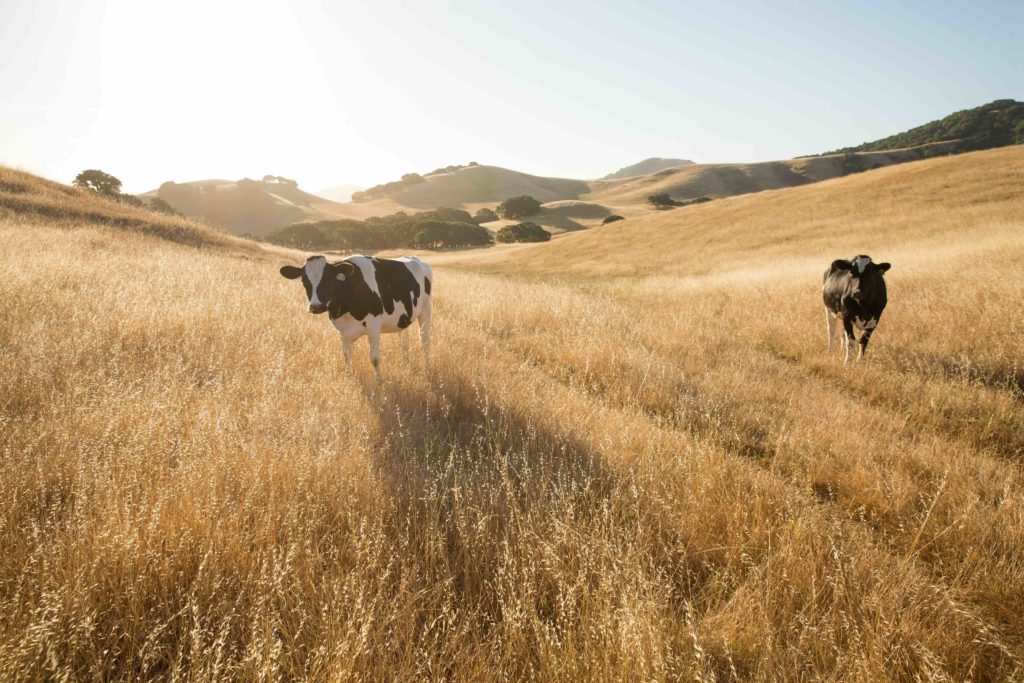Birds Among the Bulls: The Connection Between Sustainable Grazing and Conservation
October 23, 2018
Here in Marin County, there’s something we’ve known for years: environmental conservation and successful farming and ranching go hand in hand.
I’ve seen this over the past several years as I’ve walked with farmers and ranchers on many of the 85 MALT-protected lands in West Marin.
And now a new scientific study is backing up this local knowledge.
A STUDY ON CATTLE RANCHING AND WILD BIRD HABITAT
The University of California – Santa Barbara released a study in October 2018 showing a clear link between the economic health of cattle ranching and the ability to maintain habitat for the sage grouse, an indicator bird species for the health of sage ecosystems in the Western United States.
The study found that policies to restrict grazing access on public lands are likely to harm the bottom line of ranches. Researchers determined this economic downturn could force ranchers to sell their private lands for crop cultivation or housing developments — both of which would destroy grouse habitat.
The lead author of the report Claire Runge said, “When it comes to a choice between ranching, farming or housing in the West, sustainable ranching is the most compatible with wildlife.”
WHAT IS SUSTAINABLE GRAZING?
When we talk about sustainability, we mean more than organic or pasture-raised. Sustainable agriculture conserves natural resources, is profitable over the long term and benefits the local community.
Historic grazing in West Marin — first by native grazers and more recently by livestock — has been shown to help maintain grassland habitat and conserve native plant and animal species.
Other examples of environmental benefits of sustainable ranching include:
- Reduced wildfire threat from rangeland fires
- Soil carbon sequestration
- Increased soil water retention
- Maintenance and provision of habitat for endangered species

SUSTAINABLE GRAZING HAS COMMUNITY BENEFITS
Marin County has preserved a strong agricultural land base and production economy. If our ranches and farms disappear, we face losing the critical mass necessary to sustain suppliers, processors and other services crucial to the future of agriculture countywide.
Sustainable grazing produces much of our local organic milk, grass-fed beef and artisan cheeses. These agricultural services throughout the county strengthen the availability of locally-produced food for consumers.
MOVING BEYOND A FALSE CHOICE
Too often the dominant narrative is that ranching and farming are at odds with wildlife. Here at MALT, we’ve found that environmental conservation and successful farming and ranching go hand in hand. Public policy should protect wildlife resources while supporting the sustainable conservation practices of farmers and ranchers.